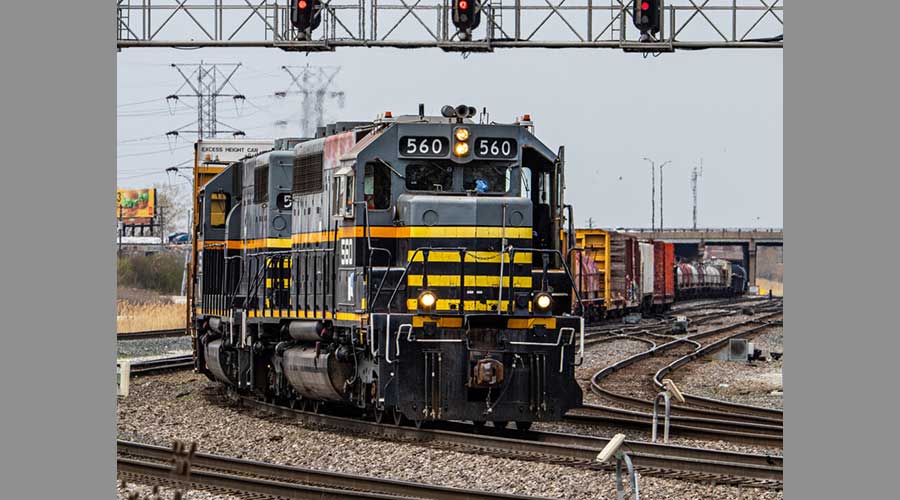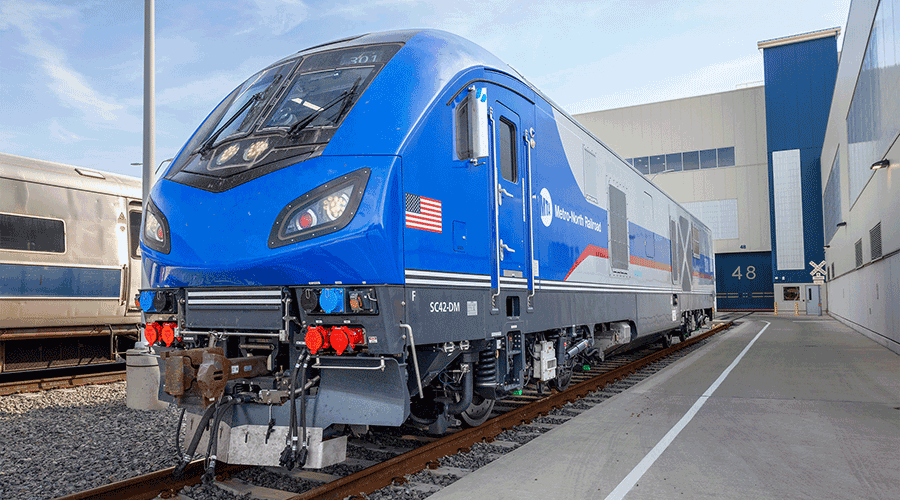Stay updated on news, articles and information for the rail industry
6/21/2013
Rail News: Positive Train Control
'Interrelated challenges' cloud PTC implementation by 2015's end, GAO says
U.S. railroads might not be able to fully install positive train control (PTC) by the federally mandated end-of-2015 deadline because of many interrelated challenges caused by the complexity and breadth of implementation, according to a report released Wednesday by the U.S. Government Accountability Office (GAO).
Titled, "Preliminary Observations on Federal Rail Safety Oversight and Positive Train Control Implementation," the report shares GAO's preliminary observations about how the Federal Railroad Administration (FRA) oversees rail safety, and the challenges to rail safety and PTC implementation. To compile the report, GAO officials examined the FRA's overall rail safety framework; talked to state rail safety officials; and interviewed officials from the FRA, selected Class I, II and III railroads, and Amtrak on rail safety and PTC implementation.
The report cites components as one PTC implementation challenge. Certain components, such as back office servers that are needed to communicate vital information between locomotives and wayside signals, still are under development.
"In addition, the need to integrate PTC components and field test the system is a time- and resource-consuming process," the report states. "Finally, some railroads had concerns with the FRA's limited resources and ability to verify field testing and certify the system once it is fully implemented."
Although officials from freight railroads and the FRA stated they will not compromise PTC safety functions and will ensure the technology is implemented to meet the mandate, attempting to implement PTC by the end of 2015 deadline might prompt railroads to make choices that could introduce financial and operational risks, the report states.
"For example, freight railroad representatives told us that without adequate time for field testing, PTC systems could potentially malfunction or fail more frequently, causing system disruptions," GAO officials said.
In terms of potential challenges that could affect the FRA's rail safety oversight, the administration does not have a specific plan to replace its aging inspector workforce, the report states.
"According to FRA officials, in the next five years, about 32 percent of FRA inspectors will be eligible to retire. Although FRA officials said that they anticipate being able to replace inspectors, it can take one to two years to find, hire, train and certify a new inspector," GAO officials said.
The GAO plans to issue additional reports on rail safety and PTC implementation reviews in the fall.


 2025 MOW Spending Report: Passenger-rail programs
2025 MOW Spending Report: Passenger-rail programs
 Gardner steps down as Amtrak CEO
Gardner steps down as Amtrak CEO
 Guest comment: Oliver Wyman’s David Hunt
Guest comment: Oliver Wyman’s David Hunt
 Women of Influence in Rail eBook
Women of Influence in Rail eBook
 railPrime
railPrime








